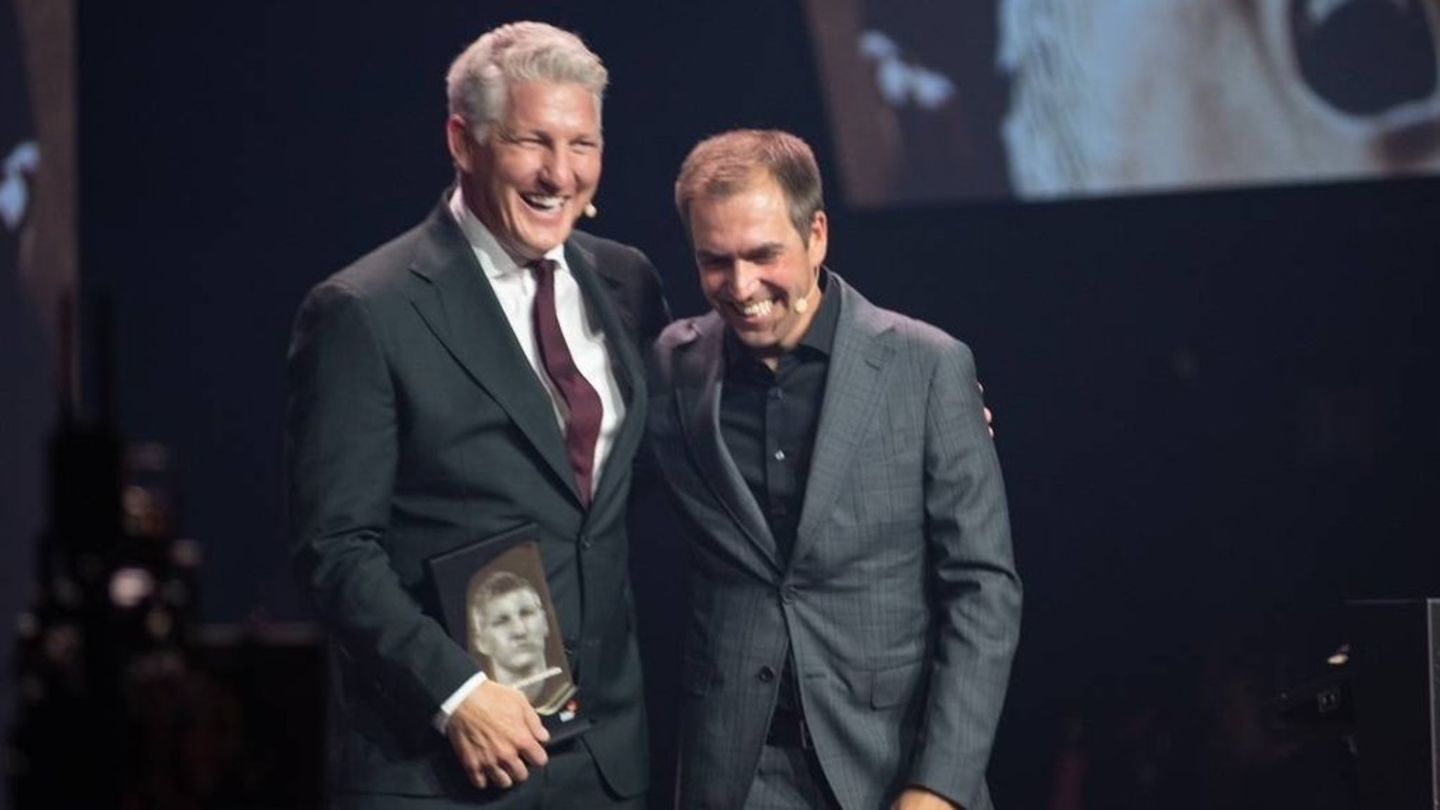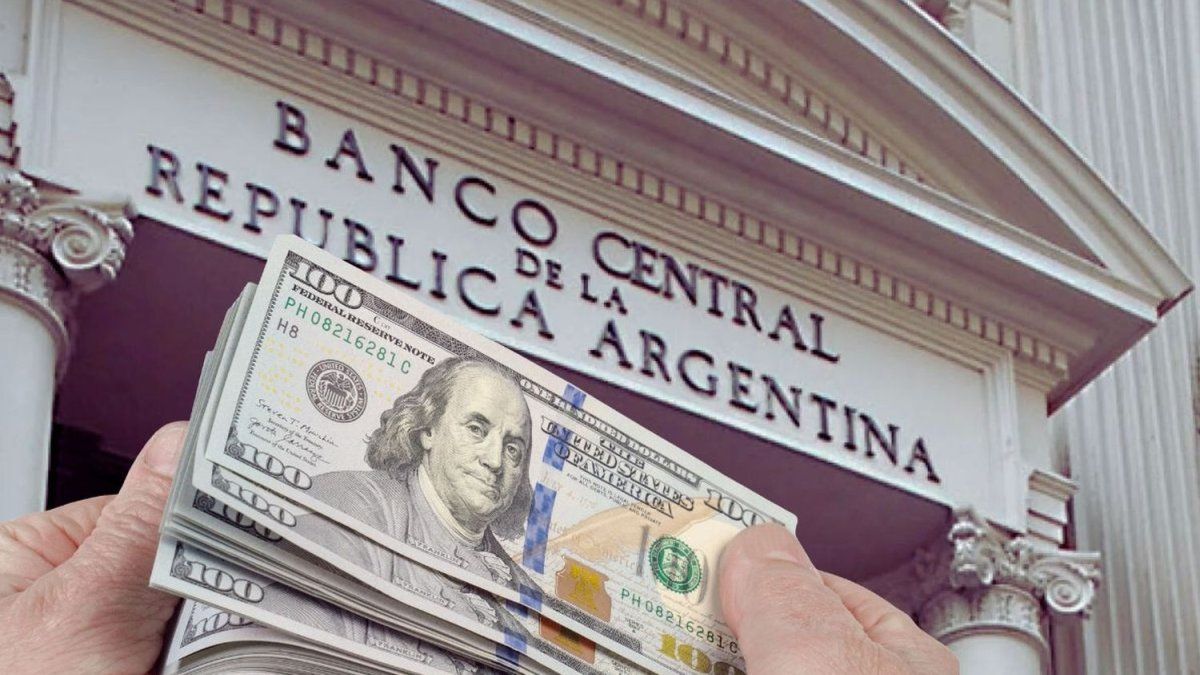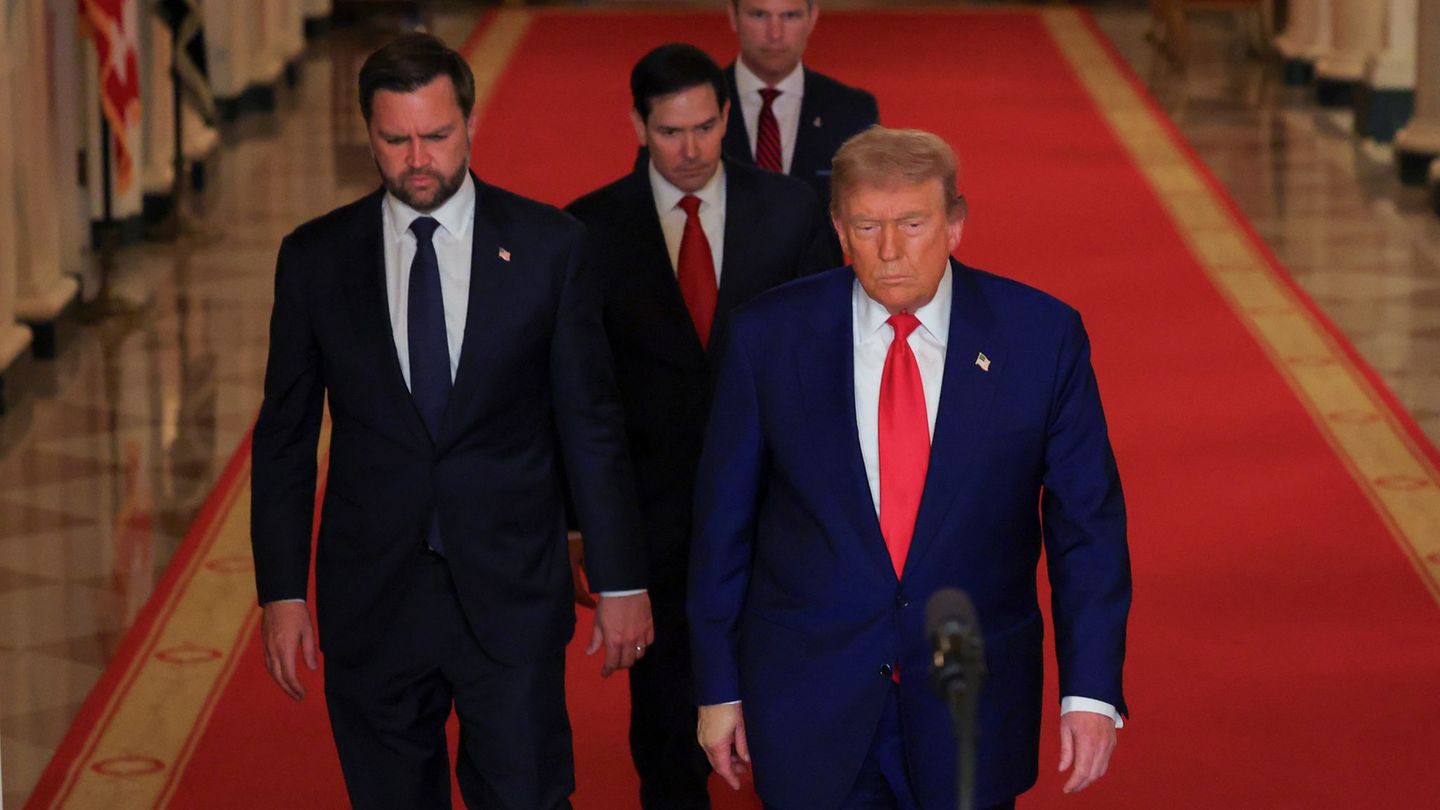I have been working in the news industry for over 6 years, first as a reporter and now as an editor. I have covered politics extensively, and my work has appeared in major newspapers and online news outlets around the world. In addition to my writing, I also contribute regularly to 24 Hours World.
Menu
US President Donald Trump: threat, deadline, deal – how successful is Trump with it?
Categories
Most Read
Drones: Military expert Carlo Masala urges faster upgrade
October 6, 2025
No Comments
Unmanned flight objects: Russia rejects allegations of drones in Germany
October 6, 2025
No Comments
Merz comments on video evidence in football: “Border exceeded”
October 6, 2025
No Comments
After a parliamentary election: Ultrar rights party calls for ministerial posts in the Czech Republic
October 6, 2025
No Comments
After the resignation of Premier: Le Maire wants to defuse with the withdrawal of a political crisis in Paris
October 6, 2025
No Comments
Latest Posts

They discussed details of financial salvage
October 6, 2025
No Comments
October 6, 2025 – 17:46 The US Treasury Secretary Scott Besent, once again used his social networks, in this case, to welcome the Minister of

Hall of Fame of German Football: Schweinsteiger recorded in fame hall
October 6, 2025
No Comments
Lisa HarrisI am an author and journalist who has worked in the entertainment industry for over a decade. I currently work as a news editor

Dollar today: how much did this Monday, October 6
October 6, 2025
No Comments
October 6, 2025 – 17:09 I met how much the official dollar, Blue, the MEP dollar and the CCL. He Official dollar operated at $
24 Hours Worlds is a comprehensive source of instant world current affairs, offering up-to-the-minute coverage of breaking news and events from around the globe. With a team of experienced journalists and experts on hand 24/7.

